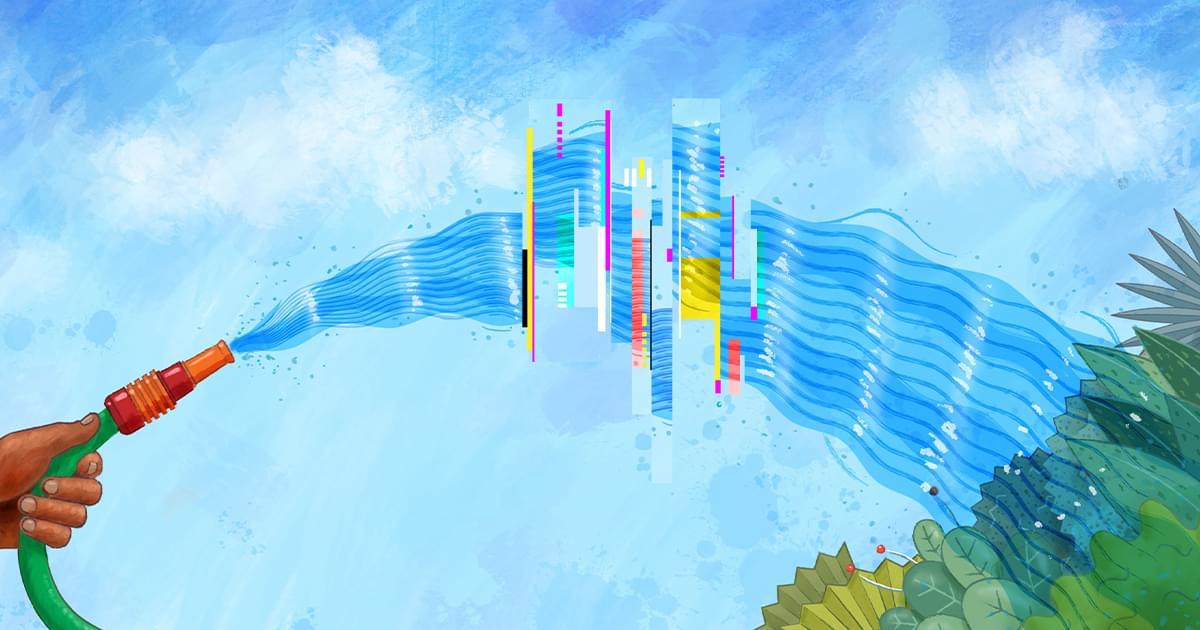The 6 steps to reach the singularity.
## The technological singularity, a point where AI surpasses human intelligence, is predicted to occur by 2045 and will profoundly transform humanity, requiring proactive adaptation and integration of AI into daily life ## ## Questions to inspire discussion.
Advancing AI and Machine Learning.
🧠 Q: How can we progress towards autonomous machine learning? A: Shift from supervised to unsupervised learning, enabling AI to identify patterns and make predictions without labeled data, thus advancing towards independent learning and improvement.
🤖 Q: What is the significance of achieving Artificial General Intelligence (AGI)? A: AGI represents the pinnacle of AI development, capable of matching or surpassing human-level intelligence across various domains, potentially leading to an unprecedented technological growth boom.
🧬 Q: What are initial steps towards neural augmentation? A: Develop brain-interfacing technologies to enhance specific aspects of human cognition, such as implants or non-invasive devices for improving memory, processing speed, or sensory perception.





